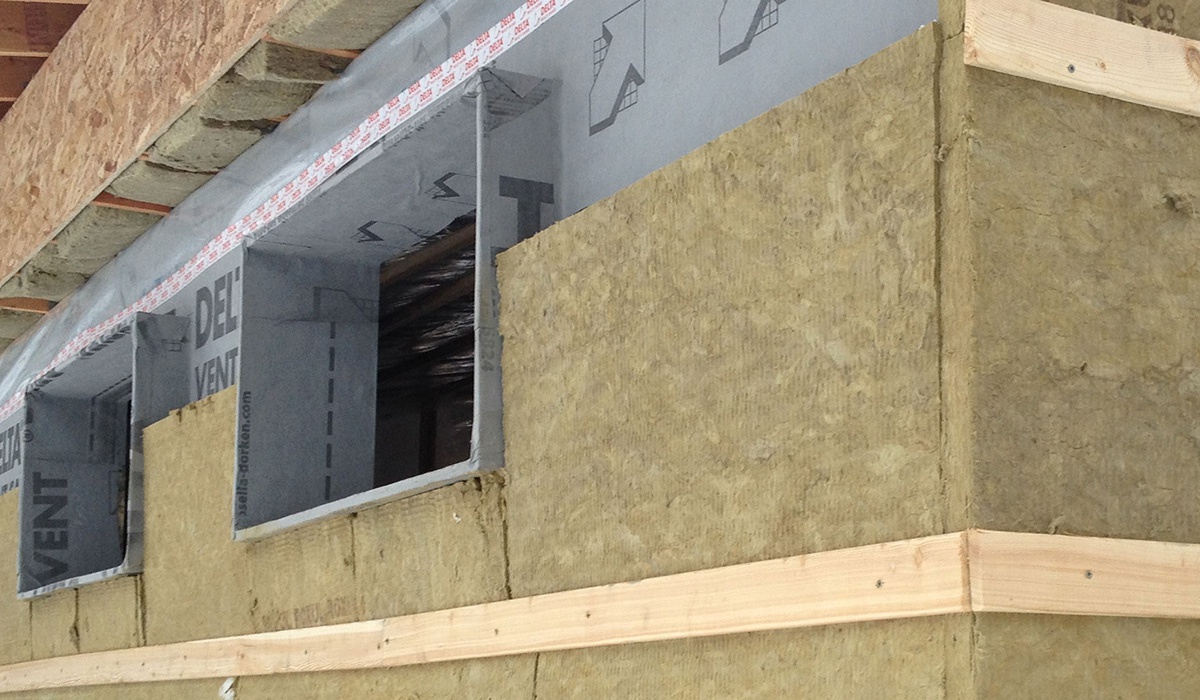

Articles
What Kind Of Insulation Is For Exterior Walls
Modified: February 23, 2024
Discover the best types of insulation for exterior walls with our informative articles. Improve energy efficiency and protect your home today.
(Many of the links in this article redirect to a specific reviewed product. Your purchase of these products through affiliate links helps to generate commission for Storables.com, at no extra cost. Learn more)
Introduction
When it comes to ensuring energy efficiency and maintaining a comfortable environment within a building, insulation plays a crucial role. Insulation helps to reduce heat transfer and prevent air leakage, making it an essential component for exterior walls. Choosing the right type of insulation for your exterior walls is vital for achieving optimal energy efficiency and thermal comfort.
In this article, we will explore different types of insulation options available for exterior walls, discuss their pros and cons, and highlight the factors to consider when selecting the appropriate insulation for your specific needs.
Understanding the different types of insulation available for exterior walls is the first step towards making an informed decision. Each insulation type varies in terms of materials used, installation methods, thermal performance, and cost. By understanding the characteristics and benefits of each insulation type, you can choose the one that best suits your project requirements.
Let’s delve into the various types of insulation options for exterior walls and explore their features and advantages.
Key Takeaways:
- Proper insulation of exterior walls is crucial for energy efficiency, thermal comfort, and moisture control. Consider factors like climate, budget, and installation requirements to make an informed decision.
- Each type of insulation, from fiberglass to rigid foam, offers unique benefits and considerations. Understanding your project’s needs and priorities will help you choose the best option for your exterior walls.
Read more: What Kind Of Sheathing Is For Exterior Walls
Understanding Exterior Wall Insulation
Exterior wall insulation is a layer of material that is installed on the outer side of the wall to prevent heat transfer, improve thermal efficiency, and enhance the overall energy performance of a building. It acts as a barrier, preventing the loss of heat during the winter and the entry of heat during the summer.
Properly insulated exterior walls offer a range of benefits, including increased energy efficiency, reduced heating and cooling costs, improved indoor comfort, and minimized environmental impact. They also contribute to soundproofing and provide added protection against moisture and condensation.
Exterior wall insulation can be installed during the construction phase of a building or retrofitted to existing structures. The choice of insulation material depends on factors such as climate conditions, building codes, budget, and specific requirements.
Insulation works by trapping air within its structure, which reduces heat conduction. The more effectively the insulation can trap air, the better its thermal performance. Therefore, it’s essential to choose an insulation material with a high R-value, which indicates its resistance to heat flow.
In addition to the R-value, other factors to consider when selecting exterior wall insulation include moisture resistance, fire retardancy, durability, and ease of installation. Different insulation materials offer varying levels of performance in these areas, so it’s important to prioritize your requirements and select the insulation type that best meets your needs.
Now that we have a basic understanding of exterior wall insulation, let’s explore the different types of insulation options available for exterior walls.
Types of Insulation for Exterior Walls
There are several types of insulation materials commonly used for exterior wall insulation. Each type has its own unique characteristics, advantages, and limitations. Let’s take a closer look at some of the most popular options:
1. Fiberglass Insulation
Fiberglass insulation is one of the most common and widely used insulation materials. It consists of tiny glass fibers that are loosely packed together. Fiberglass insulation is available in the form of batts, rolls, or loose-fill. It is known for its affordability, fire resistance, and thermal performance. However, it can be irritating to the skin and respiratory system, so proper protective measures should be taken during installation.
2. Cellulose Insulation
Cellulose insulation is made from recycled paper fibers and treated with fire retardants. It is known for its eco-friendly nature and excellent thermal performance. Cellulose insulation is typically blown into the wall cavity, allowing for seamless coverage and effective thermal protection. It also has good sound-absorbing qualities. However, it can be prone to moisture retention and requires proper vapor barriers to prevent any issues.
Read more: What Insulation To Use For Exterior Walls
3. Spray Foam Insulation
Spray foam insulation is a versatile option for exterior walls. It is applied as a liquid that expands and hardens into a solid foam, creating an airtight and moisture-resistant barrier. Spray foam insulation offers excellent thermal performance and can fill even the smallest gaps and cracks, providing superior insulation and preventing air leakage. However, it can be more expensive than other types of insulation and requires professional installation.
4. Mineral Wool Insulation
Mineral wool insulation, also known as rock wool or stone wool, is made from natural minerals such as basalt or slag. It is available in batts or loose-fill form and offers excellent fire resistance and soundproofing properties. Mineral wool insulation is water-resistant and provides good thermal performance. However, it can be heavy and difficult to handle during installation.
5. Rigid Foam Insulation
Rigid foam insulation, often made from expanded polystyrene (EPS) or extruded polystyrene (XPS), provides a high level of thermal resistance and moisture resistance. It is available in boards or panels and can be easily cut and shaped to fit the specific needs of the project. Rigid foam insulation offers good energy efficiency and does not promote mold growth. However, it can be more expensive compared to other insulation types and may require additional protective measures for fire safety.
Each type of insulation offers its own set of advantages and considerations. It’s important to evaluate them in the context of your project’s requirements, climate conditions, and budget before making a decision.
Fiberglass Insulation
Fiberglass insulation is one of the most widely used and familiar types of insulation for exterior walls. It is composed of tiny glass fibers that are bound together to form insulation batts or rolls.
One of the primary advantages of fiberglass insulation is its affordability. It is a cost-effective option for insulating exterior walls, making it a popular choice for both residential and commercial projects. Additionally, fiberglass insulation is known for its fire resistance, making it a safe option for enhancing the fire resistance of a building.
Another key benefit of fiberglass insulation is its thermal performance. It has a relatively high R-value, indicating its resistance to heat flow. This means that fiberglass insulation effectively reduces the transfer of heat between the interior and exterior of a building, keeping it cooler in the summer and warmer during the winter months.
Fiberglass insulation is relatively easy to install, especially in the form of batts or rolls. It can be cut to size and fitted between wall studs, ensuring a snug and secure fit. However, it is essential to wear protective clothing, such as gloves and a mask, during installation to prevent any itchy or irritating contact with the fibers.
It is worth noting that fiberglass insulation may not be as effective at soundproofing as other types of insulation materials. Its composition of glass fibers does not provide the same level of sound absorption as materials specifically designed for noise reduction.
One potential drawback of fiberglass insulation is that it can settle or compress over time, particularly in walls that experience vibrations or significant movement. This settling can reduce its thermal effectiveness and the overall energy efficiency of the building. Regular inspections and maintenance of the insulation are necessary to ensure its long-term performance.
In summary, fiberglass insulation is a cost-effective and widely available option for insulating exterior walls. Its fire resistance and thermal performance make it a dependable choice for improving the energy efficiency of a building. However, it is important to take proper precautions during installation and conduct regular inspections to maintain its effectiveness over time.
Read more: What Kind Of Insulation For Interior Walls
Cellulose Insulation
Cellulose insulation is an eco-friendly and energy-efficient option for insulating exterior walls. It is made from recycled paper fibers that are treated with fire retardants to enhance its safety.
One of the key advantages of cellulose insulation is its sustainability. It is made from recycled materials, which reduces the demand for new raw materials and helps reduce waste. This makes cellulose insulation a popular choice for those looking to make environmentally conscious decisions when it comes to insulation.
Cellulose insulation is typically installed as loose-fill insulation, which is blown into the wall cavities. The loose-fill form allows for easy installation and comprehensive coverage, filling even the smallest gaps and crevices. This seamless application provides excellent thermal performance, reducing heat transfer and improving energy efficiency.
In addition to its thermal insulation properties, cellulose insulation is also known for its sound-absorbing qualities. It can help reduce noise transmission from outside, creating a quieter indoor environment. This can be particularly beneficial for buildings located in noisy areas or near highways.
One of the challenges with cellulose insulation is its susceptibility to moisture. Since it is made from paper fibers, it can potentially absorb and retain moisture, leading to issues such as mold growth and reduced insulation effectiveness. To mitigate this concern, proper vapor barriers and moisture control measures should be implemented during installation.
Despite the moisture-related challenges, cellulose insulation is fire-resistant due to the fire retardants applied to the fibers. This makes it a safe choice for exterior wall insulation, providing an added layer of protection against fire hazards.
It is important to note that cellulose insulation requires professional installation to ensure proper coverage and avoid any potential issues. A professional installer will have the equipment and expertise to effectively blow the insulation into the wall cavities, ensuring seamless coverage and optimal insulation performance.
In summary, cellulose insulation is an eco-friendly choice for insulating exterior walls. Its use of recycled materials and excellent thermal and sound-absorbing performance make it an attractive option. However, proper moisture control measures and professional installation are crucial to maximize its effectiveness and address any potential moisture-related concerns.
Spray Foam Insulation
Spray foam insulation is a versatile and effective option for insulating exterior walls. It is applied as a liquid that expands and hardens into a solid foam, creating a seamless and airtight barrier.
One of the major advantages of spray foam insulation is its superior thermal performance. It has a high R-value, indicating its excellent resistance to heat flow. The foam expands to fill the entire wall cavity, eliminating any gaps or cracks where air could leak, resulting in significant energy savings and improved indoor comfort.
Another benefit of spray foam insulation is its ability to provide effective moisture control. The foam acts as a moisture barrier, preventing the entry of water vapor that could cause issues such as mold growth or damage to the building’s structure. This can be particularly advantageous in regions with high humidity or areas prone to moisture infiltration.
Due to its expanding nature, spray foam insulation can also provide soundproofing properties. It can help reduce noise transmission from outside, creating a quieter and more peaceful indoor environment.
When it comes to installation, spray foam insulation requires professional application. Trained installers use specialized equipment to spray the liquid foam onto the walls, ensuring complete coverage and proper expansion. It is important to note that proper safety measures should be followed during installation, as the chemicals used can emit strong odors and may require adequate ventilation.
While spray foam insulation offers many advantages, there are a few considerations to keep in mind. First, it is typically more expensive than other insulation options. However, the long-term energy savings and improved comfort can offset the higher initial cost. Second, once the foam has hardened, it cannot be easily removed or adjusted, making any future modifications to the wall cavity more challenging.
Furthermore, it is crucial to ensure that the foam is properly installed and not over-applied, as excessive foam can cause pressure on the walls and potentially lead to bowing or other structural issues.
In summary, spray foam insulation is a highly effective option for insulating exterior walls. Its excellent thermal performance, moisture control capabilities, and soundproofing properties make it a popular choice for energy-efficient and comfortable buildings. However, professional installation and careful consideration of cost and long-term implications are important factors to consider before choosing spray foam insulation.
Mineral Wool Insulation
Mineral wool insulation, also known as rock wool or stone wool insulation, is a popular choice for insulating exterior walls. It is made from natural minerals, such as basalt or slag, that are melted and spun into fibers.
One of the key advantages of mineral wool insulation is its excellent fire resistance. The high melting point of the mineral fibers provides effective fire protection, making it a safe option for exterior wall insulation. In the event of a fire, mineral wool insulation can help slow down the spread of flames and limit damage to the building.
Mineral wool insulation also offers good thermal performance. It has a high R-value, indicating its ability to resist heat transfer. This helps to maintain a comfortable and energy-efficient indoor environment by reducing heat loss during the winter and heat gain during the summer.
In addition to its thermal and fire-resistant properties, mineral wool insulation provides soundproofing benefits. The dense composition of the fibers helps absorb sound waves, reducing noise transmission and creating a quieter indoor environment.
Another advantage of mineral wool insulation is its water resistance. The fibers are inherently non-absorbent, making it less susceptible to moisture damage and mold growth. This can be particularly beneficial in areas with high humidity or prone to moisture infiltration.
Mineral wool insulation is available in both batt and loose-fill forms, allowing for flexible installation options. Batts can be neatly fitted between wall studs, while loose-fill can be blown into wall cavities to provide seamless coverage.
While mineral wool insulation offers many benefits, there are a few considerations to keep in mind. First, it can be heavier and denser compared to other insulation materials, making it more challenging to handle during installation. Proper safety measures should be followed to protect against skin irritation and the inhalation of fibers.
Furthermore, mineral wool insulation can be more expensive than other insulation options. However, its long-term durability and fire resistance can make it a worthwhile investment.
In summary, mineral wool insulation is a reliable choice for insulating exterior walls. Its fire resistance, thermal performance, soundproofing capabilities, and water resistance make it a versatile option for enhancing the energy efficiency and comfort of a building. Proper installation techniques and adherence to safety guidelines are essential to maximize its effectiveness.
Rigid Foam Insulation
Rigid foam insulation is a highly effective option for insulating exterior walls. It is made from polystyrene, polyisocyanurate, or polyurethane materials and is available in the form of boards or panels.
One of the key advantages of rigid foam insulation is its excellent thermal resistance. It has a high R-value, indicating its ability to resist heat flow. Rigid foam insulation provides a continuous insulation layer that effectively reduces heat transfer, helping to maintain consistent indoor temperatures and improve energy efficiency.
In addition to its thermal performance, rigid foam insulation also offers moisture resistance. The closed-cell structure of the foam provides a barrier against moisture infiltration, preventing issues such as mold growth or water damage. This makes it a suitable choice for exterior walls that are exposed to moisture-prone conditions.
Rigid foam insulation is lightweight, yet durable. It is easy to handle and install, and the rigid panels can be easily cut and shaped to fit the specific dimensions of the wall. This flexibility allows for precise installation, ensuring a tight and secure fit for optimal insulation performance.
One of the advantages of rigid foam insulation is its ability to provide additional structural support. The rigid nature of the foam adds stiffness to the walls, enhancing their strength and durability. This can be particularly beneficial for buildings located in areas prone to strong winds or seismic activity.
While rigid foam insulation offers many benefits, there are a few considerations to keep in mind. First, it can be more expensive compared to other insulation options. However, the long-term energy savings and increased structural integrity can make it a worthwhile investment.
Another factor to consider is the need for additional protective measures for fire safety. Rigid foam insulation is combustible, so it is necessary to use fire-resistant coatings or install it with proper fire safety precautions to meet building codes and regulations.
In summary, rigid foam insulation is a versatile and high-performing option for insulating exterior walls. Its excellent thermal resistance, moisture resistance, and ability to provide structural support make it a desirable choice for energy efficiency and durability. The upfront cost and fire safety considerations should be evaluated alongside the benefits when determining the suitability of rigid foam insulation for a specific project.
Comparison of Different Insulation Types
Choosing the right insulation for your exterior walls involves considering various factors, such as thermal performance, cost, installation requirements, and specific project needs. Let’s compare the different insulation types discussed earlier to help you make an informed decision:
Fiberglass Insulation:
- Pros: Affordable, fire-resistant, good thermal performance.
- Cons: Itchy and irritating during installation, can settle over time.
Cellulose Insulation:
- Pros: Eco-friendly, good thermal and soundproofing performance.
- Cons: Susceptible to moisture if not properly protected, requires professional installation.
Spray Foam Insulation:
- Pros: Excellent thermal performance, moisture-resistant, good soundproofing properties.
- Cons: Higher cost, requires professional installation, strong odors during installation.
Read more: What R-Value Insulation For Exterior Walls
Mineral Wool Insulation:
- Pros: Excellent fire resistance, good thermal performance, water-resistant.
- Cons: Heavier and denser, more expensive than some other options.
Rigid Foam Insulation:
- Pros: Excellent thermal resistance, moisture-resistant, lightweight yet durable.
- Cons: Higher cost, requires additional fire protection measures.
The choice of insulation ultimately depends on your project requirements, budget, and specific needs. If you are looking for a cost-effective option with good thermal performance, fiberglass insulation may be a suitable choice. Cellulose insulation offers eco-friendliness and soundproofing benefits. Spray foam insulation provides exceptional thermal and moisture control properties. Mineral wool insulation excels in fire resistance and water resistance. Rigid foam insulation offers excellent thermal resistance and structural support.
Consider factors such as the climate conditions, potential for moisture issues, desired level of fire resistance, and your budget when weighing the pros and cons of each option. It may be beneficial to consult with insulation professionals who can provide guidance based on your specific project requirements.
In the end, the right insulation choice will help improve energy efficiency, enhance comfort, and contribute to the overall performance of your building.
Factors to Consider When Choosing Exterior Wall Insulation
When selecting the perfect insulation for your exterior walls, it’s crucial to consider a variety of factors that can impact the effectiveness and suitability of the insulation for your specific project. Here are some key factors to keep in mind:
1. Climate and Weather Conditions:
Consider the climate and weather patterns in your region. If you live in an area with extreme temperatures, you’ll need insulation with a higher R-value to provide adequate thermal resistance. Additionally, if your region experiences high humidity or is prone to moisture infiltration, selecting an insulation material with good moisture resistance is essential.
Read more: How To Add Insulation To Exterior Walls
2. Energy Efficiency Goals:
Determine your energy efficiency goals for the building. Higher R-values indicate greater thermal resistance and better energy efficiency. Understanding your desired energy savings can help you choose an insulation material that meets your efficiency objectives.
3. Building Codes and Regulations:
Ensure that the insulation you choose meets the building codes and regulations in your area. Different locations may have specific requirements for insulation types, fire resistance ratings, and installation methods. Always consult local building authorities or professionals to ensure compliance.
4. Budget and Cost:
Consider your budget for insulation materials and installation. Some insulation types, such as spray foam, tend to be more expensive than others like fiberglass or cellulose. Take into account both the upfront costs and potential long-term savings on energy bills when evaluating the cost-effectiveness of different insulation options.
5. Installation Requirements:
Consider the installation requirements and complexity of each insulation type. Some materials, like fiberglass batts, can be easily installed as a do-it-yourself project, while others, like spray foam or rigid foam, may require professional installation due to their application methods or specialized equipment.
6. Soundproofing Needs:
If noise reduction is a priority, consider insulation materials with sound-absorbing properties, such as cellulose or mineral wool. These materials can help dampen sound vibrations and create a quieter indoor environment, which is especially useful in urban or noisy areas.
7. Environmental Impact:
If you have concerns about the environmental impact of the insulation material, look for options that are made from recycled or sustainable materials. Some insulation types, like cellulose, are made from recycled paper fibers, while others may have higher embodied energy and carbon footprint.
By carefully considering these factors, you can make an informed decision and choose the best insulation for your exterior walls that aligns with your project goals, budget, and specific requirements.
Benefits of Properly Insulating Exterior Walls
Properly insulating your exterior walls offers a wide range of benefits that contribute to energy efficiency, thermal comfort, and overall building performance. Here are some key advantages of investing in proper exterior wall insulation:
1. Improved Energy Efficiency:
One of the main benefits of insulation is increased energy efficiency. Insulated exterior walls reduce heat transfer, minimizing the need for heating in the winter and cooling in the summer. This results in lower energy consumption and reduced utility bills.
2. Reduced Heating and Cooling Costs:
By preventing heat loss during the winter months and heat gain during the summer, proper insulation helps maintain a consistent indoor temperature. This reduces the reliance on heating and cooling systems, leading to significant cost savings on energy bills.
3. Enhanced Thermal Comfort:
Insulated exterior walls create a more comfortable living or working environment by regulating the indoor temperature. It helps prevent drafts, cold spots, and hot spots, providing a consistent and comfortable temperature throughout the building.
4. Noise Reduction:
Well-insulated exterior walls also contribute to soundproofing. Insulation materials with sound-absorbing properties can help reduce noise pollution, creating a quieter indoor space. This is particularly beneficial for buildings located near busy roads, airports, or other noisy environments.
5. Moisture Control:
Proper insulation helps protect the building from moisture infiltration. Moisture-resistant insulation materials prevent condensation and reduce the risk of mold, mildew, and other moisture-related issues. This promotes a healthier indoor environment and helps preserve the structural integrity of the building.
6. Increased Resale Value:
Investing in proper insulation can increase the resale value of your property. Potential buyers value energy-efficient homes with lower operating costs. Insulated exterior walls are seen as a valuable feature that enhances the desirability and market appeal of the property.
7. Environmental Sustainability:
Reducing energy consumption through insulation helps reduce your carbon footprint. By consuming less energy for heating and cooling, you lower greenhouse gas emissions and contribute to a more sustainable future.
8. Compliance with Building Codes and Regulations:
Proper insulation ensures compliance with building codes and regulations, which often include requirements for insulation levels and energy efficiency standards. Meeting these requirements is essential for new constructions and renovations to ensure the safety and efficiency of the building.
In summary, proper insulation of exterior walls offers a multitude of benefits, including improved energy efficiency, reduced heating and cooling costs, enhanced thermal comfort, noise reduction, moisture control, increased property value, environmental sustainability, and compliance with regulations. By investing in quality insulation, you can create a more comfortable, cost-effective, and environmentally friendly living or working space.
Conclusion
Choosing the right insulation for your exterior walls is a crucial decision that directly impacts the energy efficiency, comfort, and overall performance of your building. We have explored different types of insulation options, including fiberglass, cellulose, spray foam, mineral wool, and rigid foam insulation.
Each type has its own unique characteristics, advantages, and considerations. Fiberglass insulation is affordable and fire-resistant, while cellulose insulation offers eco-friendliness and soundproofing properties. Spray foam insulation provides excellent thermal performance and moisture resistance, while mineral wool insulation excels in fire resistance and water resistance. Rigid foam insulation offers high thermal resistance and can provide added structural support.
When selecting exterior wall insulation, it is important to consider factors such as climate conditions, energy efficiency goals, building codes, budget, installation requirements, soundproofing needs, and environmental impact. By considering these factors, you can make an informed decision that aligns with your project’s requirements and priorities.
The benefits of properly insulating exterior walls are numerous. Improved energy efficiency, reduced heating and cooling costs, enhanced thermal comfort, noise reduction, moisture control, increased resale value, environmental sustainability, and compliance with regulations are just some of the advantages. Investing in quality insulation not only provides immediate benefits but also contributes to long-term savings, comfort, and environmental responsibility.
In conclusion, proper insulation is a vital component of any building project. It not only saves money but also enhances the overall quality and comfort of the living or working space. By selecting the right insulation type and ensuring its proper installation, you can create an energy-efficient, comfortable, and environmentally friendly building that stands the test of time.
Frequently Asked Questions about What Kind Of Insulation Is For Exterior Walls
Was this page helpful?
At Storables.com, we guarantee accurate and reliable information. Our content, validated by Expert Board Contributors, is crafted following stringent Editorial Policies. We're committed to providing you with well-researched, expert-backed insights for all your informational needs.
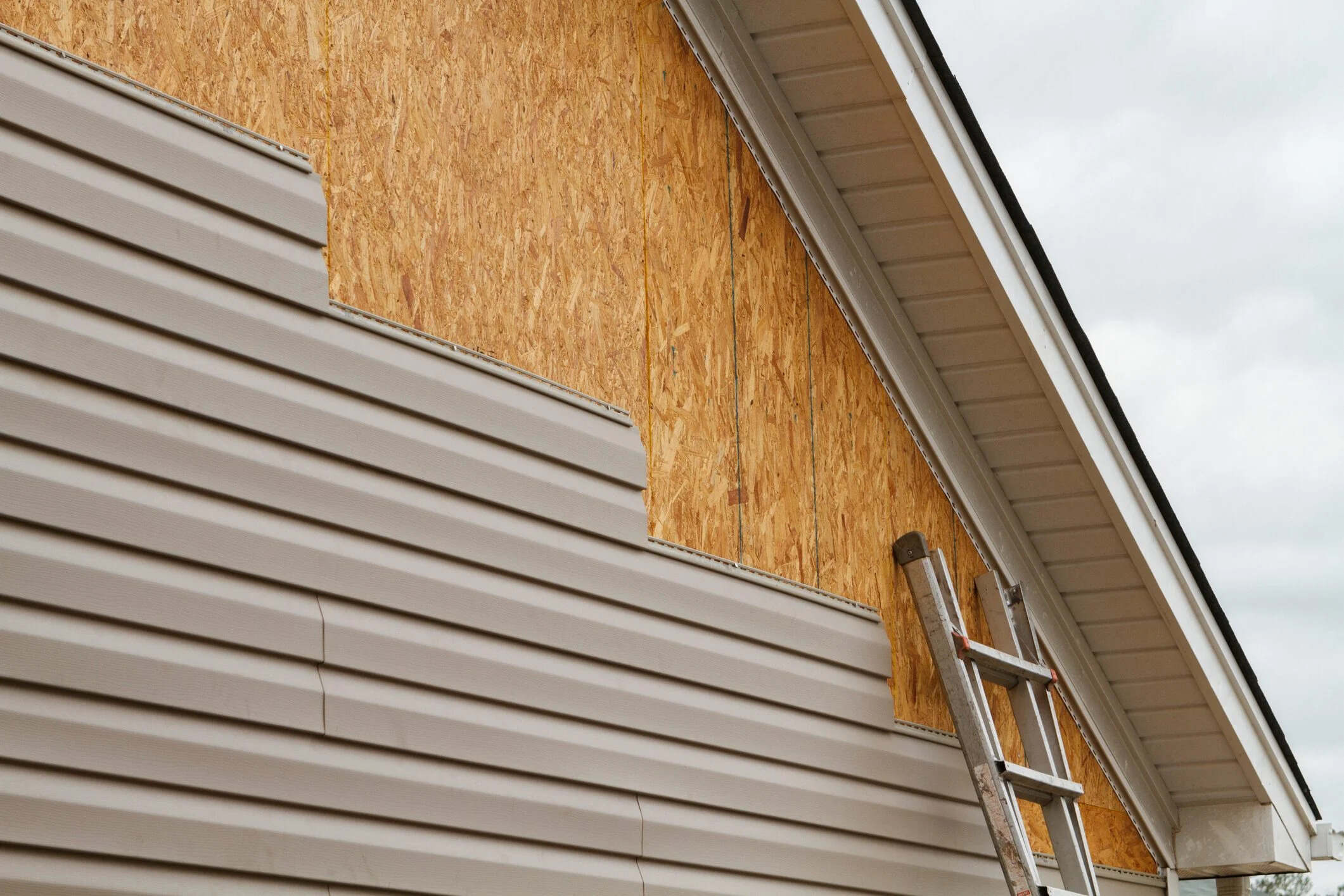
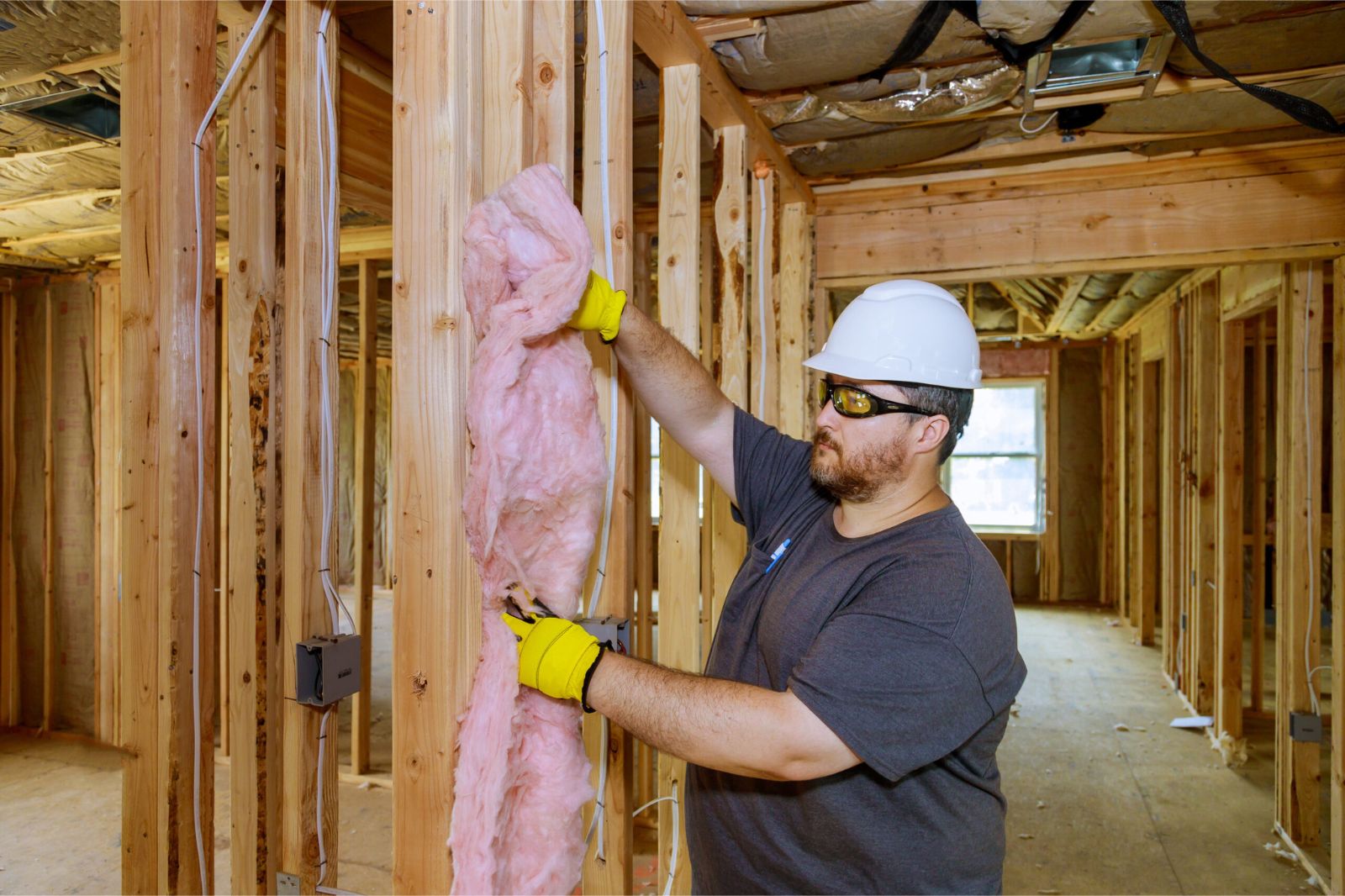
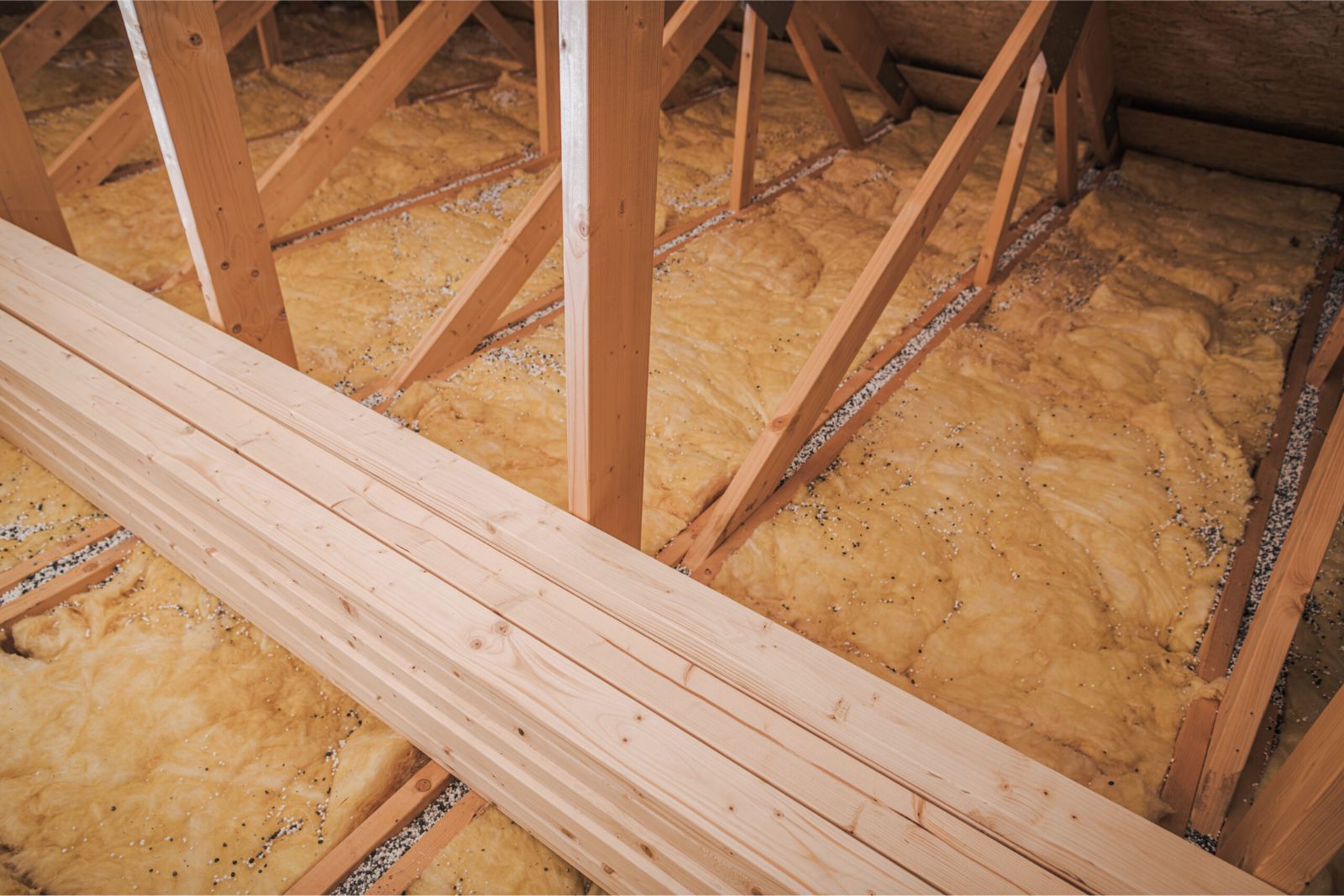
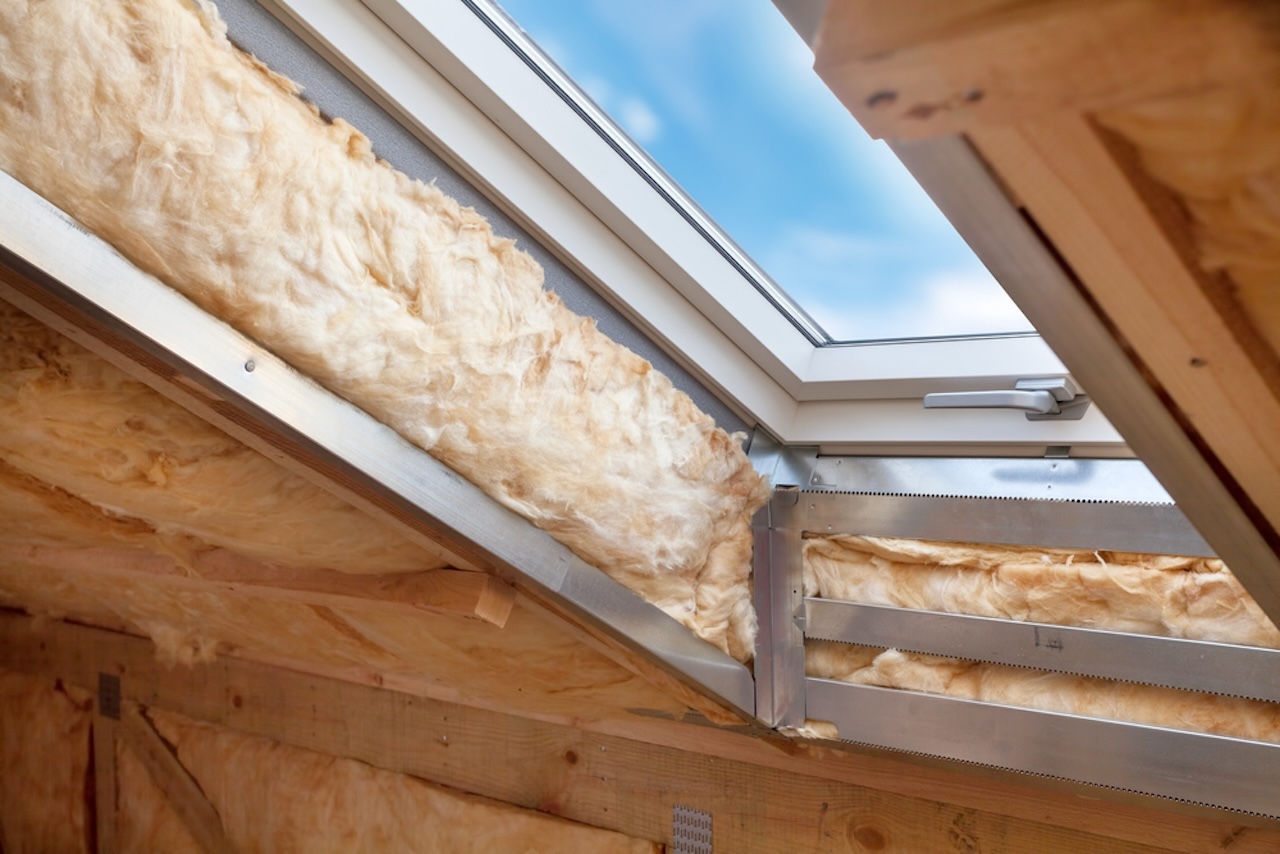

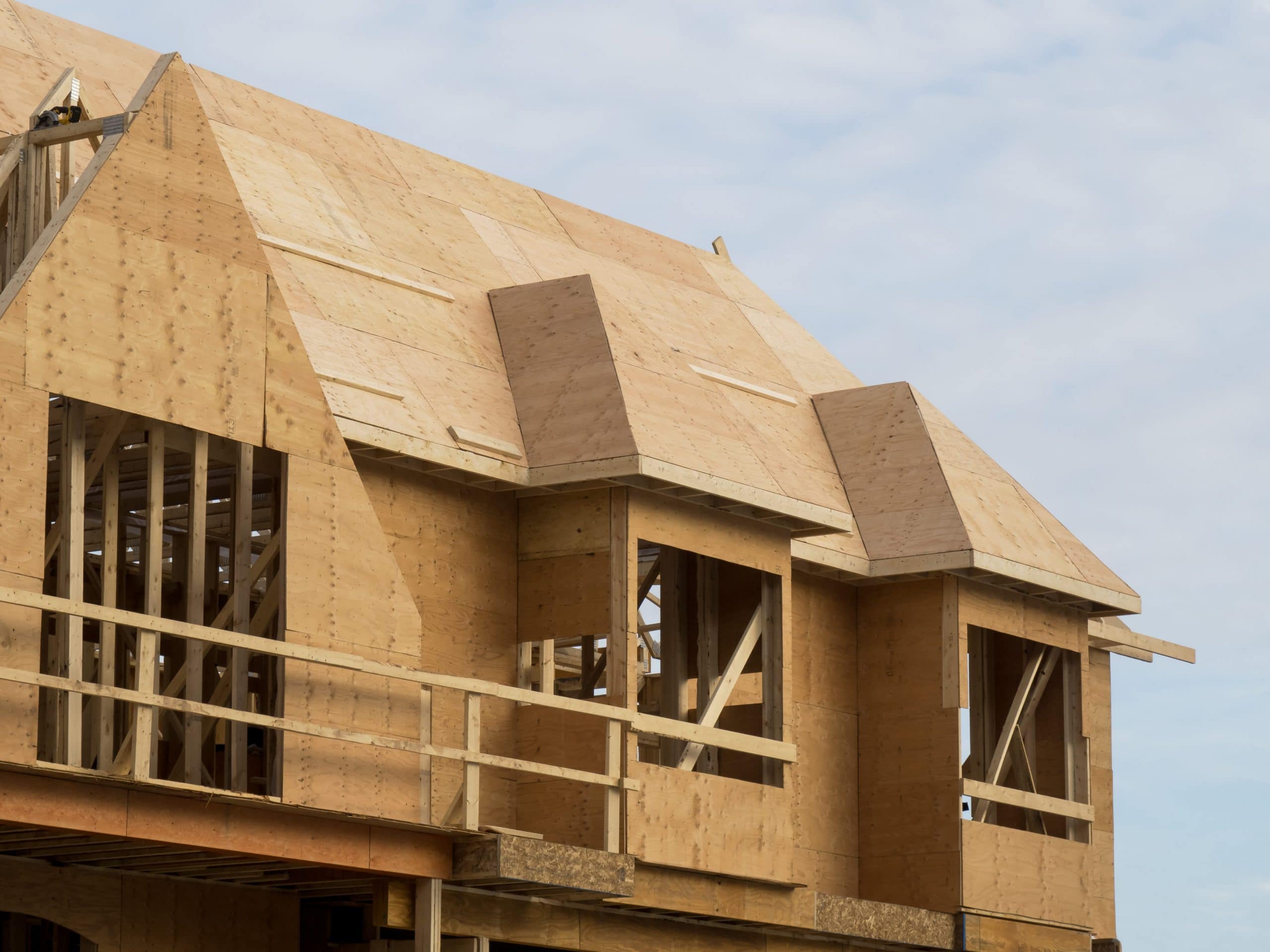
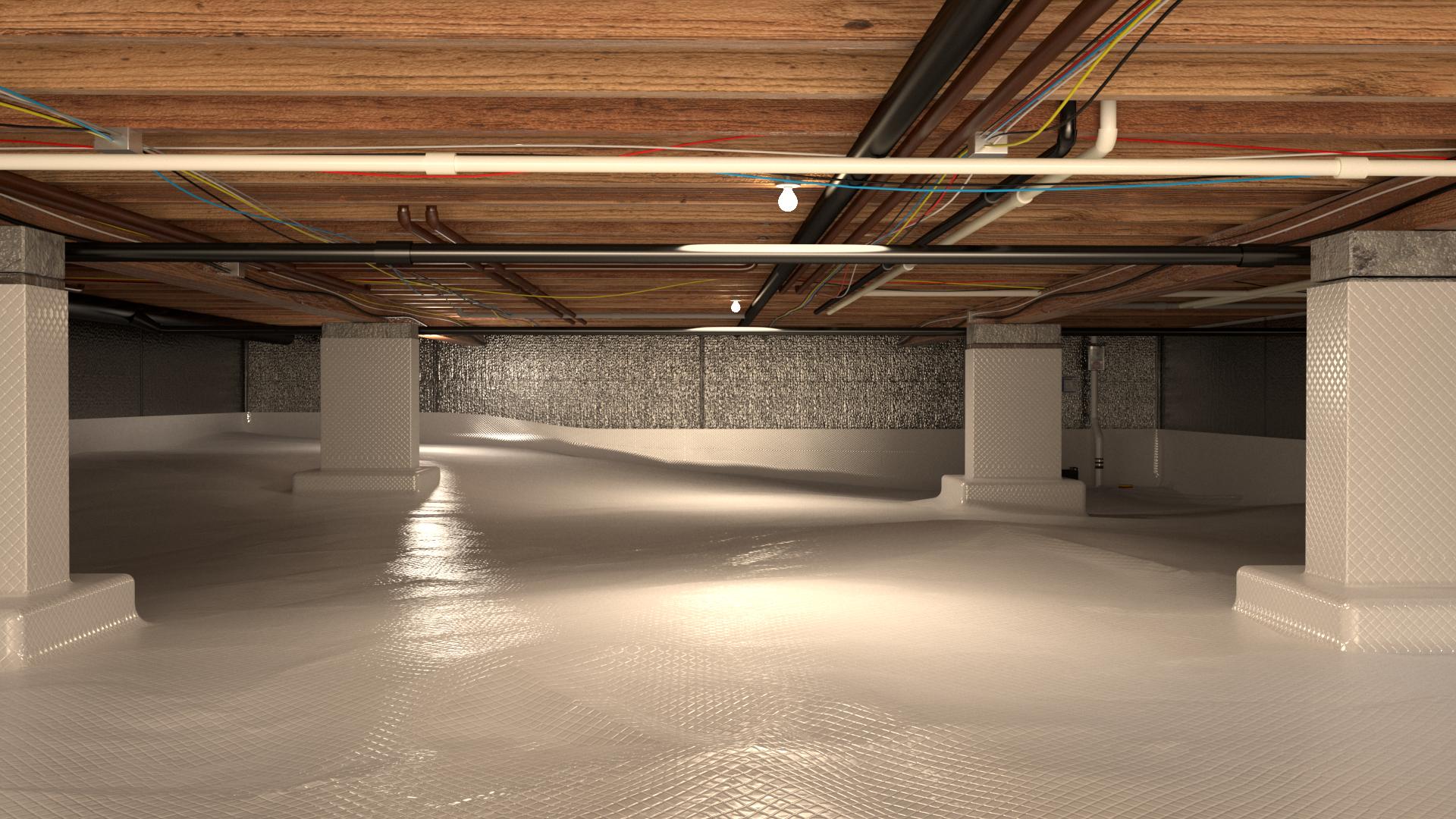

0 thoughts on “What Kind Of Insulation Is For Exterior Walls”